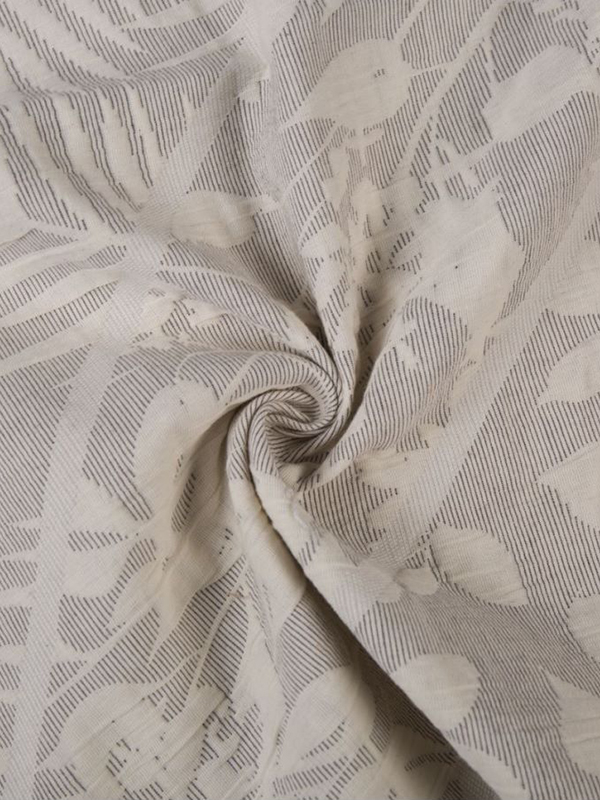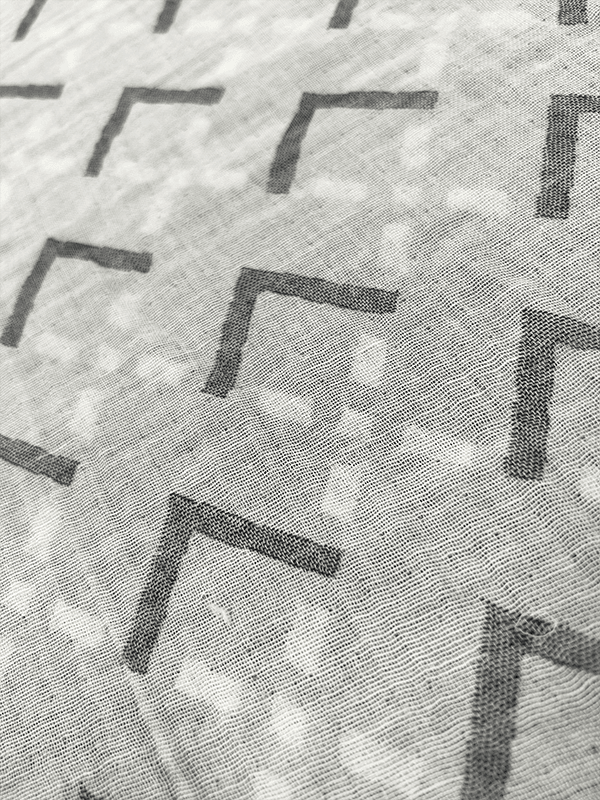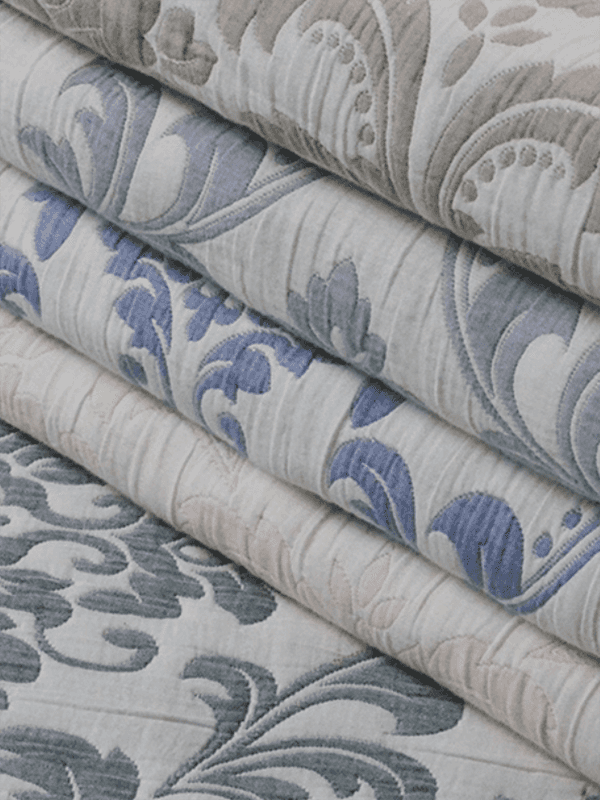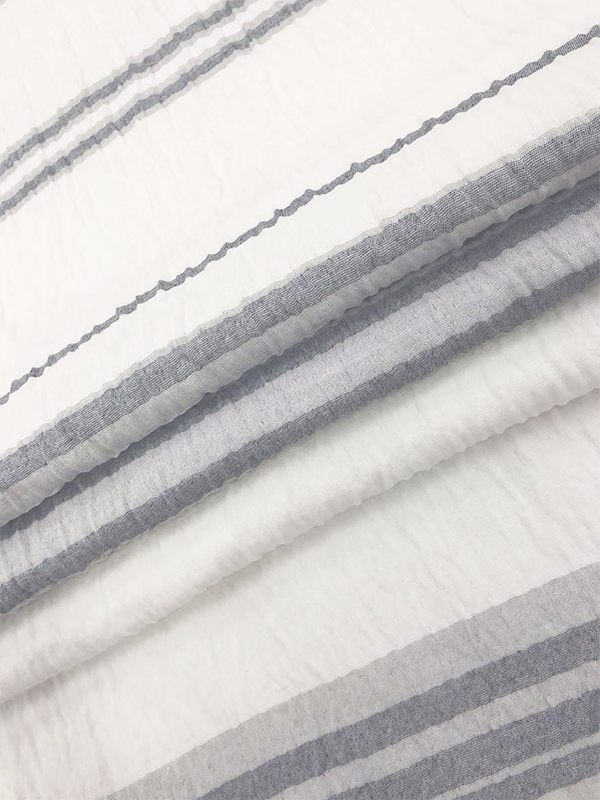Bedding fabrics play a key role in ensuring a comfortable night's sleep, especially when seasons change and temperatures fluctuate. The right choice of material can make a big difference in how well you sleep—keeping you cool during hot summer nights and warm during the chilly winter months. So, what kind of bedding fabric is suitable for summer? And how should you choose for winter? Let’s dive into the seasonal fabric guide for better sleep comfort.
Summer Bedding: Breathability Is Key
When the temperatures rise, sweat and heat retention can disturb your sleep. That’s why summer bedding fabric should prioritize breathability, moisture-wicking ability, and lightweight structure. Here are the most recommended materials:
Cotton (especially Percale weave)
Why it works: Cotton is one of the most popular summer bedding fabrics thanks to its soft texture and excellent air permeability.
Percale weave offers a crisp, matte finish with a cool feel to the touch, ideal for hot nights.
Best for: People who sweat easily or live in humid climates.
Linen
Why it works: Linen is made from flax fibers, known for their natural breathability and superior moisture absorption.
Bonus: It gets softer with each wash and has a relaxed, airy feel.
Best for: People seeking a luxurious, breathable, and eco-friendly option.
Bamboo Viscose or Tencel (Lyocell)
Why it works: These semi-synthetic fibers have impressive moisture-wicking capabilities and are naturally anti-bacterial and hypoallergenic.
Feel: Smooth, silky, and cool—perfect for sensitive skin in summer.
Best for: Hot sleepers or those with sensitive skin.
Microfiber (Lightweight)
Why it works: Microfiber sheets are made of fine synthetic fibers that are lightweight and quick-drying.
Note: While they’re soft and affordable, some microfiber sheets can trap heat—so look for ones labeled "cooling" or "ultra-breathable."
Winter Bedding: Warmth and Insulation Matter
Cold weather calls for cozy fabrics that trap heat and feel warm against the skin. The ideal winter bedding material is soft, insulating, and preferably thicker. Here are top choices:
Flannel
Why it works: Flannel is typically made of brushed cotton or wool, which creates a fuzzy surface that traps body heat.
Feel: Warm, soft, and cozy—perfect for freezing winter nights.
Best for: People who want instant warmth without layering heavy blankets.
Jersey Knit Cotton
Why it works: Similar to T-shirts, jersey knit sheets are stretchy and warm, yet breathable.
Feel: Soft and cozy but lighter than flannel.
Best for: People who like the warmth of flannel but prefer a smoother feel.
Fleece or Microplush
Why it works: These synthetic fabrics are extremely warm, making them suitable for very cold regions.
Note: They’re heavier and less breathable, so better suited for dry, cold climates.
Best for: Those who need maximum insulation.
Transitioning Between Seasons: Tips for All-Year Comfort
Use layered bedding: Combine a breathable cotton sheet with a light blanket in summer and add a duvet or flannel layer in winter.
Pay attention to GSM (grams per square meter): Higher GSM usually means heavier and warmer. Choose low GSM for summer, high GSM for winter.
Thread count isn’t everything: For warm climates, lower thread count (200–400) with better airflow may be more comfortable than high thread count.
Choosing the right bedding fabric for each season can significantly improve your sleep quality and overall comfort. In summer, prioritize breathable, moisture-wicking fabrics like cotton percale, linen, or bamboo. In winter, go for warmer, insulating options like flannel, fleece, or jersey knit.


 English
English 中文简体
中文简体 Español
Español عربى
عربى












